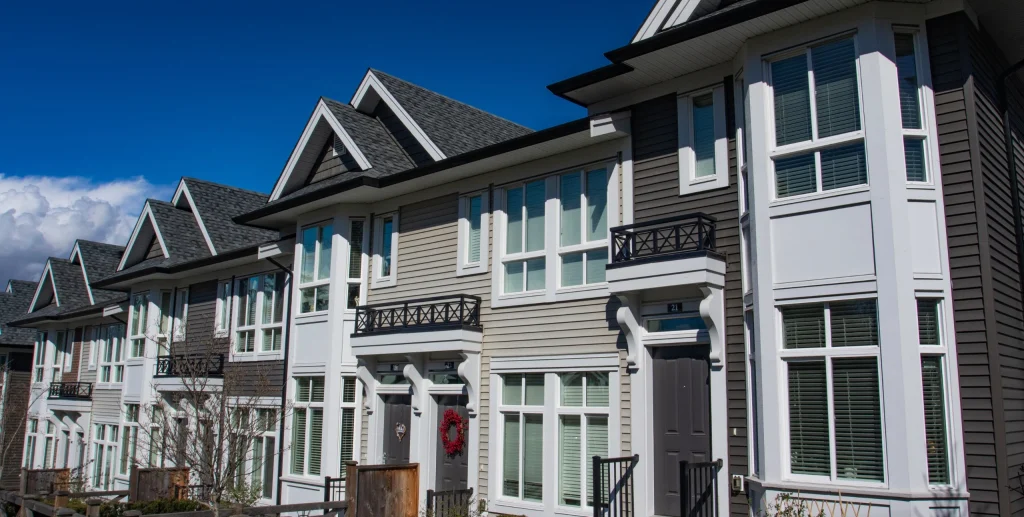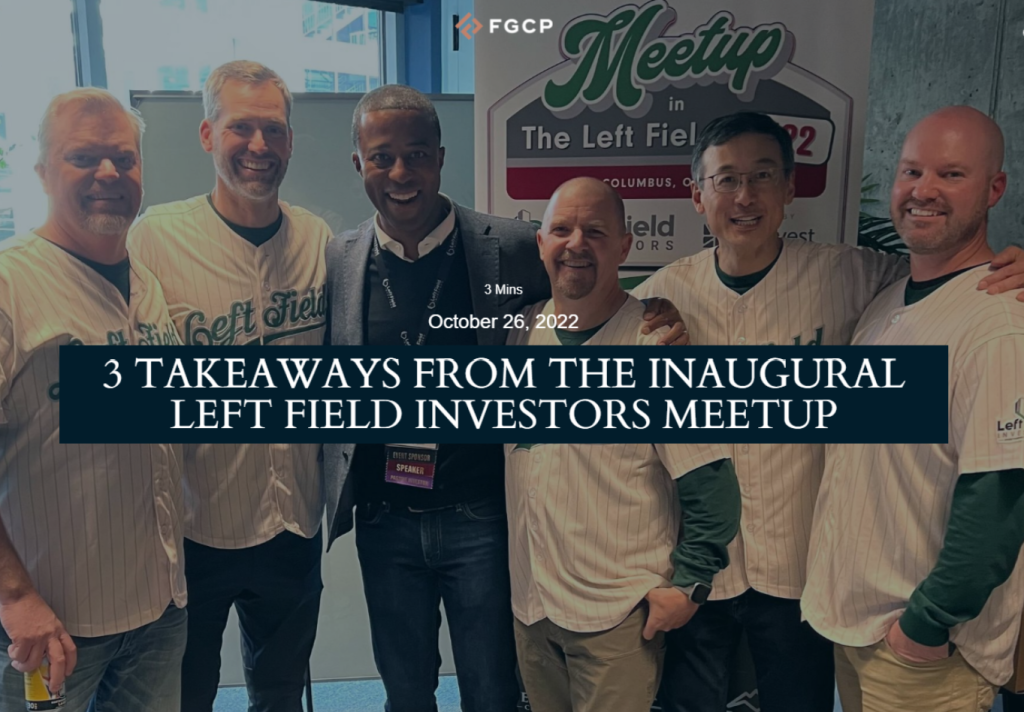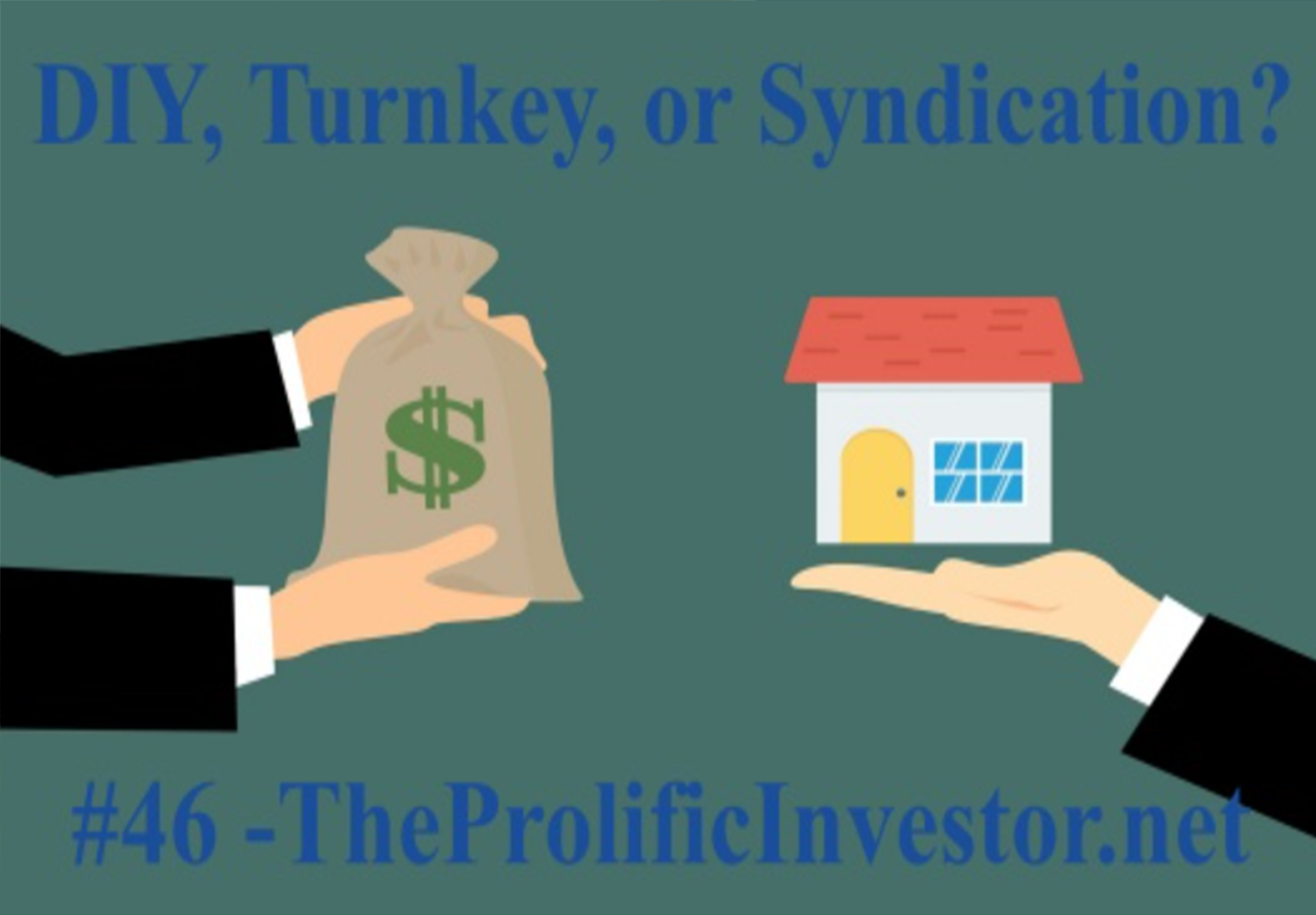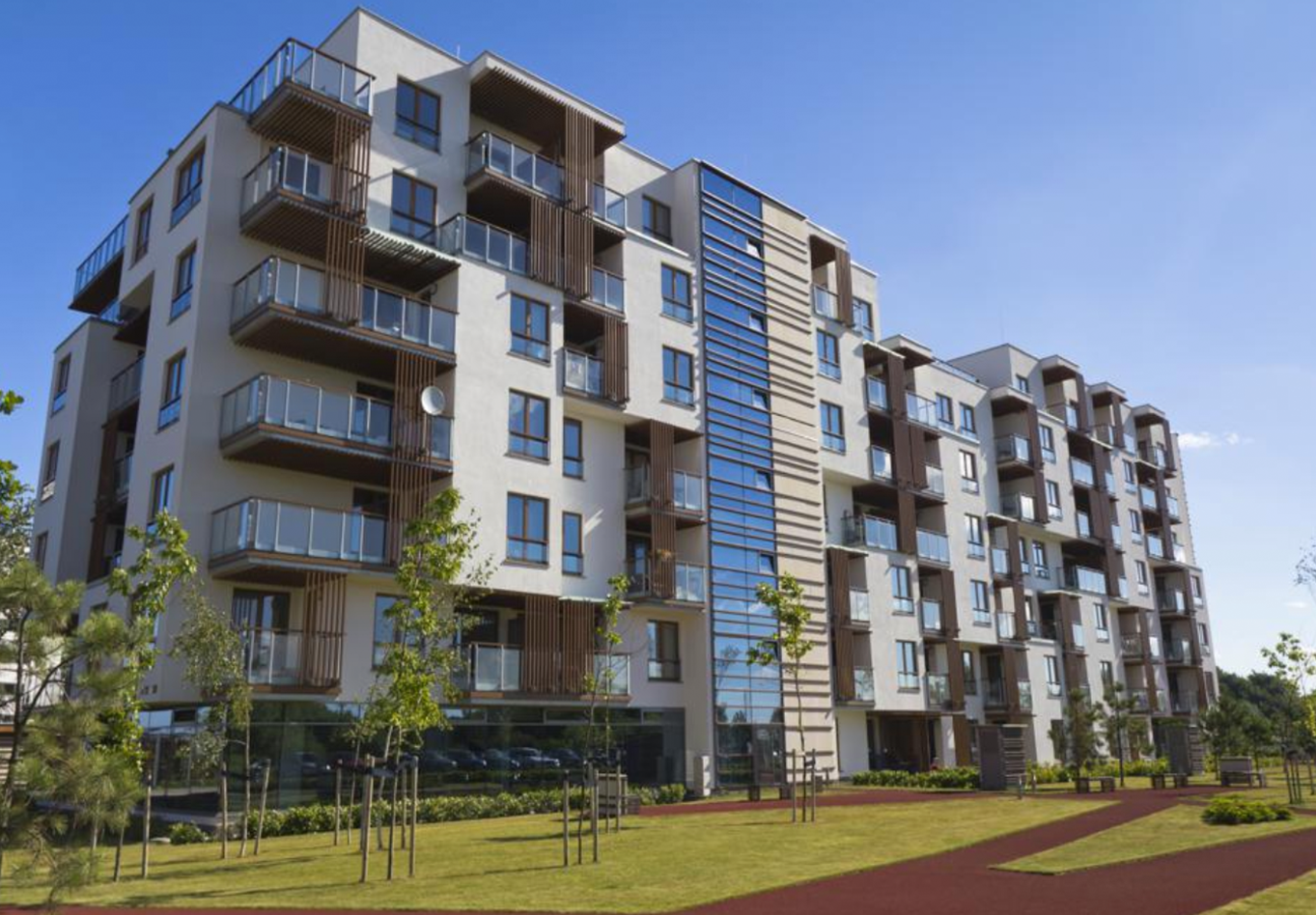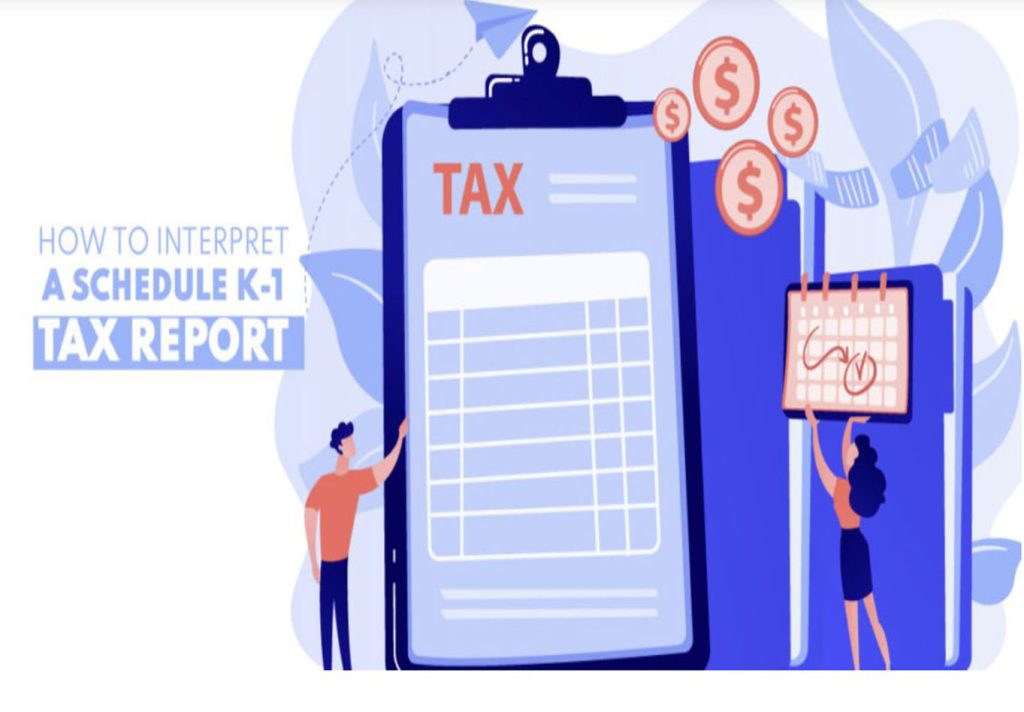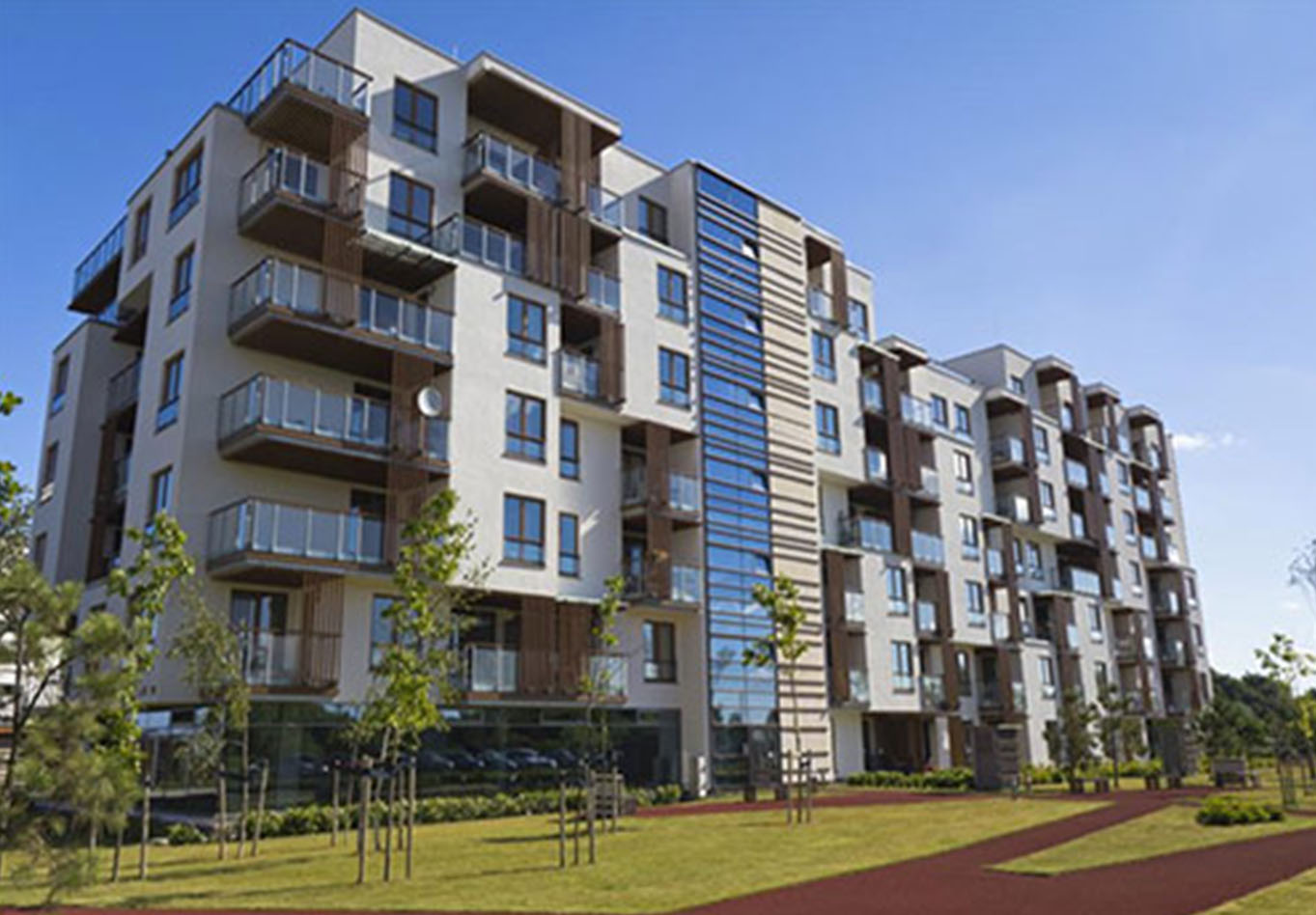Articles
In case you missed it, Scott Trench, CEO of BiggerPockets, wrote this thoughtful article: Multifamily Is at High Risk of Continuing Its Historic Crash in 2024—Here’s Why. Scott and I have been discussing this topic offline anyway, so I thought I would take him up on his invitation to debate the subject online. Healthy debate is what BiggerPockets is all about, right?
In his recent article, BiggerPockets CEO Scott Trench did a great job enumerating all the reasons why multifamily is in the difficult position it’s in. If he had written these same things a year ago, I wouldn’t be writing this rebuttal—I would have simply said, “Ditto.”
But I don’t believe that the picture he has painted is an accurate reflection of where things are headed. Here’s why.
- J Scott
- Bar Down Investments
- February 19, 2024
The multifamily and commercial real estate crash is in full swing. As much as $2.7 trillion in wealth has been wiped out with a historic surge in cap rates and plummeting asset values in the commercial real estate world, with multifamily and office leading the charge with estimated 30% and 35% peak-to-trough declines in asset value and even larger percentage declines in equity value.
- Scott Trench
- BiggerPockets
- Febraury 12, 2024
What’s better than a high return on investment?
An infinite return on investment!
As compelling as the concept is, it has its detractors. Make sure you understand not just how infinite returns work, but also the arguments against pursuing them.
- G. Brian Davis
- Spark Rental
- August 28, 2023
I recently had the opportunity to attend the first in-person meetup of Left Field Investors, where FGCP™️ was the Grand Slam Breakfast Sponsor. This event in Columbus, Ohio was the culmination of two years of virtual interactions among a group of passive investors, sponsors, and real estate professionals. It’s always inspiring to be in a room with other like-minded people who are working to achieve similar goals, and I left with a renewed sense of focus and motivation.
- Billy Keels
- First Generation Capital Partners
- October 25, 2022
In two previous blog articles, I made a lot of noise about inflation. In the first post, I talked about how to grow wealth through real estate investing in this historically unique time of low interest rates and increasing inflation. I discussed the Cantillon Effect and proposed a formula to grow your wealth.
- Paul Moore
- Wellings Capital
- August 25, 2022
I keep seeing real estate syndications that include a refinance during the third year of the deal. I’m not going to tell you that refinancing is a bad thing, but when I see a passive investment deal that requires a refinance, that’s a big red flag for me. And no one tries to downplay the refinance in their deals. It’s not buried in the small print. In fact, it’ll just be presented as a sensible, regular part of their business plan. So, that means it should be OK, right?
- Matt Picheny
- Picheny
- May 10, 2022
BAM Capital is a multifamily syndicator headquartered in Indianapolis, Indiana. Using a Fund model, we seek a balance of stable cash flow, capital appreciation, and accelerated/bonus depreciation tax benefits while maintaining a low overall risk profile. Part of how we accomplish those goals is by targeting the best assets for our portfolio. Our investment strategy focuses on assets located in midwestern cities. Why the Midwest? Find out below.
- Ivan Barratt
- BAM Capital
- May 10, 2022
Of all the writing I’ve done over the past years, I’ve never written an article comparing three common ways to invest in real estate. Of course, I’ve talked about it many times in interviews, but I’ve never laid it out in an article with my usual visual aids, so here goes! What I’m about to discuss certainly doesn’t represent the only way to invest in real estate. Still, it represents three common ways readily available to most people.
- Chris Odegard
- The Prolific Investor
- May 9, 2022
In our last edition, we explained what real estate syndications are and whether you should consider them for your investment portfolio. In this article, we’ll cover the most important factor you need to consider prior to selecting a specific investment – the sponsor. Before choosing a market or the asset itself, you’ll want to know who is in charge and whether they are capable of executing the plan they’ve envisioned. The sponsor can make or break the returns you receive on your hard earned money.
- Paul Shannon
- Redhawk Real Estate
- April 10, 2022
Recent inflation numbers are causing alarm bells to go off, making investors scramble to determine how best to prepare. In this article, I break down the underlying factors causing this spike in inflation, and the unintended consequences of “The Great Stimulus” and “The Great Resignation.”
- Chris Odegard
- The Prolific Investor
- May 9, 2022
When starting their real-estate investing career, most investors initially think about buying a single-family property (whether that’s one home or condo) and renting it out. Most people gravitate towards that because it is conceptually more straightforward. After all, people usually have some level of experience
- Feras Moussa
- Entrepreneur
- February 6, 2022
After commercial real estate lending volume rebounded from a challenging 2020, the number of deals is poised to soar further this year in a higher interest-rate climate, according to industry experts with whom Commercial
- Andrew Cohen
- Commerical Observer
- January 3, 2022
“Come on. It sounds too good to be true! You can’t tell me it’s this good. There must be some downsides.” There are. And don’t let anyone tell you there aren’t! Like every other investment,
- Paul Moore
- Wellings Capital
- October 10, 2022
US apartment rent growth is back in a big way, now that the country’s reopening local economies are fueling household creation and stimulating robust demand for all types of housing.
- Greg Willett
- GlobeSt.com
- May 10, 2021
Not long ago, individuals had somewhat limited options when investing in real estate. Either they could buy a rental property, usually a single family home or a small multifamily, or invest in a REIT. One choice very active. The…
- Paul Shannon
- Redhawk Real Estate
- Mar 22, 2021
Apartment syndications remain an appealing investment for passive investors due to the myriad of tax benefits—the foremost being depreciation. Fixed asset items (a long-term tangible piece of property or equipment that is used in operations to generate income and …
- Theo Hicks
- Best Ever Real Estate Investing Advice
- Mar 18, 2021
The way we engage with multifamily real estate is changing. Covid-19 may have expedited the process, but a digital transformation was taking place long before we all “went virtual” in March of 2020. That’s because of proptech. The rising popularity of …
- Kent Ritter
- Forbes Real Estate Council
- Mar 15, 2021
With the recent dramatic increase in the money supply and The Fed telegraphing their intent to reach their target inflation level, many believe inflation is set to take-off. That may be what Wall Street is saying, but on Main Street, multifamily developers have seen in plain…
- Paul Shannon
- Redhawk Real Estate
- Mar 8, 2021
There is much conversation in the financial sector that inflation may be brewing. I’m concerned about it myself. In a world where every asset seems to be in a bubble, I’m looking to find a store of value for my wealth and reduce risk. If significant inflation is….
- Paul Shannon
- Redhawk Real Estate
- Feb 19, 2021
Supply & Demand The demand for affordable housing is arguably the highest need in the real estate sector in 2020. In 2018, 38.1 million people lived in poverty in the U.S., which is a poverty rate of 11.8 percent. Low income…
- Drew McNerney
- Forbes Real Estate Council
- Feb 4, 2021
Commercial real estate is made up of several different kinds of property types. In this article we look at self-storage facilities, a fast-growing sector that has taken advantage of a growing market of persons needing to store excess household items.
- Drew McNerney
- Cook Properties
- Jan 29, 2021
In the financial investing world, asset allocation models are everywhere. There are income models, growth models, and balanced models. There are one-fund, two-fund, and three-fund models.
- Dennis Bethel
- 37th Parallel Properties
- Feb 2, 2021
I’m a passive investor. This means that I’ve cultivated a diversified portfolio of investments that provide me with cash flow on a regular basis and leave me at liberty to do the things I really care about every day.
- Matt Picheny
- Forbes
- Dec 15, 2020
As a passive investor, you’re likely always on the lookout for new investment opportunities. As you’ll come to find out, the real estate sector is full of many great potential opportunities if you know how to spot…
- Joe Fairless
- Best Ever Real Estate Investing Advice
- Nov 2, 2020
My first big move in real estate was when I decided to move to New York City to become an actor and was inspired by the musical Rent. Ironically, this led to a career in digital advertising, and finally, real estate investment…
- Matt Picheny
- Forbes
- Oct 2, 2020
Smart investments can change our lives by providing us multiple streams of income to live our dreams. However, while we see investors filling up their portfolio with stocks and bonds, they often overlook real estate. But, in the …
- Editorial Staff
- Think Realty
- Sep 21, 2020
Commercial real estate is made up of several different kinds of property types. In this article we look at self-storage facilities, a fast-growing sector that has taken advantage of a growing market of persons needing to store excess household items.
- Ellie Perlman
- Blue Lake Capital
- Jan 8, 2020
Many passive investors turn to real estate syndications when investing in multifamily properties. The reasons may vary, but they all come down to the fact that passive investors don’t have the experience, time and…
- Ellie Perlman
- Blue Lake Capital
- Feb 26, 2019


